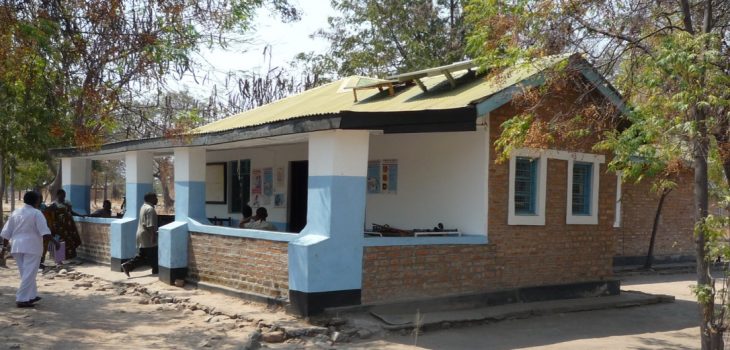Manuela Straneo (Athena Institute, VU University) , Claudia Hanson (LSHTM and Karolinska Institutet), Lenka Benova (Institute of Tropical Medicine and LSHTM) , Thomas van den Akker (VU University and Leiden University)
Background
What does it take to provide effective childbirth care to the poorest women in rural sub-Saharan Africa? Understanding where women give birth is a good first step. When we started looking into this in the context of Tanzania, we expected that data would support the obvious answer: women give birth close to their homes in so-called primary care facilities. It turned out the answer was not so simple.
Providing childbirth care is challenging where resources are limited. Rural sub-Saharan Africa comprises particularly arduous settings, due to remote populations and logistical challenges. Women from the poorest households, amongst whom maternal mortality is highest, are likely to face greater challenges reaching health facilities. As a strategy to reach rural populations, most countries in sub-Saharan Africa have developed primary health care networks. Tanzania led the way, setting up dispensaries and health centres in rural areas soon after independence in 1961, with a vision of bringing basic health care to its people. Childbirth care was included in this package.
In response to a global push for facility-based births during the Millennium Development Goals era continuing in the present Sustainable Development Goals, women are moving away from home births in sub-Saharan Africa. In Tanzania, over half of women (54%) in rural areas are now giving birth in facilities. These are however not all the same. Hospitals can generally provide the full range of obstetric services (such as caesarean section and blood transfusion), while in primary care facilities, only essential childbirth services with limited ability to respond to complications are available. In our paper we examined, based on a large national dataset, where rural women give birth and whether there are any differences between women from poor and wealthier households, as well as between those giving birth to their first baby or successive ones.
What did we find?
We found that use of hospital care was very low among poor women who had five or more babies. Only one in ten gave birth in a hospital. We saw that among women at high parity (≥5 previous babies), the poorest were most commonly giving birth at home, while the wealthiest mostly opted for a primary care facility birth. This result is worrying as women with five or more previous births face a higher risk of postpartum bleeding which is the main cause of maternal death, and are therefore recommended to give birth in a hospital. These women are perceived as vulnerable in their communities, due to fatigue and overburdened by household duties, and these factors limit their access to health facilities. For women at first birth, >4 out of ten births were in hospitals, with only a minor difference between the poorest and the wealthiest. The significance of the first child and the perception of higher risk are likely to play a role for all women.
Conclusion
There was an accumulation of inequity in hospital uptake by poor, high parity women in rural Tanzania. Their reduced use of hospitals to give birth, where higher quality of obstetric care is available, may compound greater mortality among them. To leave no one behind in reaching Sustainable Development Goal 3 on maternal and avoidable new-born mortality, it is necessary to identify who is underserved at childbirth and improve the use of high-quality care. Poor, high parity women are a disadvantaged group, poorly served by the appropriate childbirth care. There is an urgent need to improve the uptake of these vulnerable women. Financial assistance to reach hospitals (eg vouchers) is a possible solution; an improved configuration of care in these settings accounting for the diverse needs of women, including strengthened referral systems both before and during birth, is required.
Related paper:
Image credit: Manuela Straneo (Dispensary in Iringa District, Tanzania)











